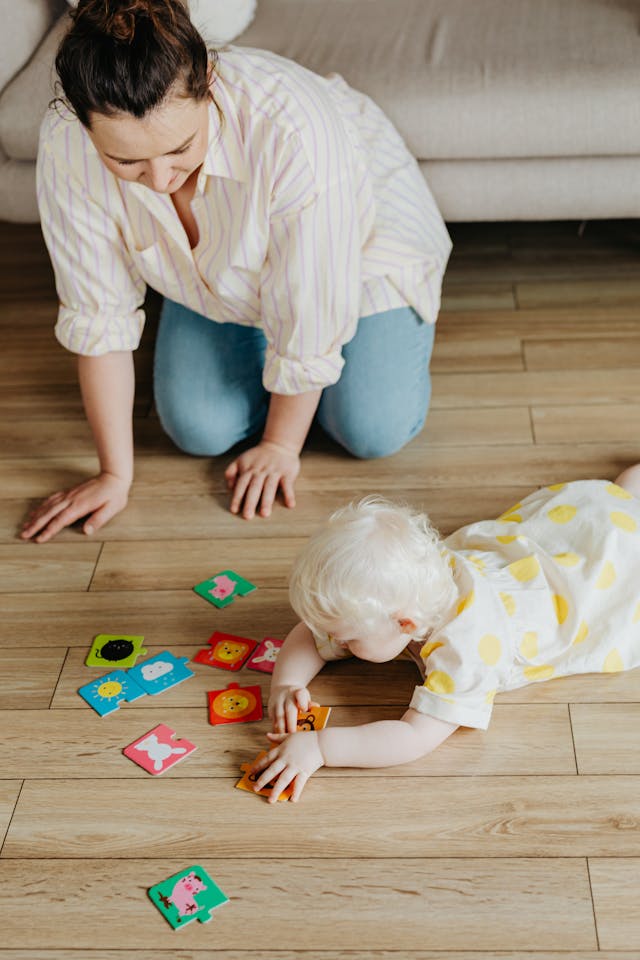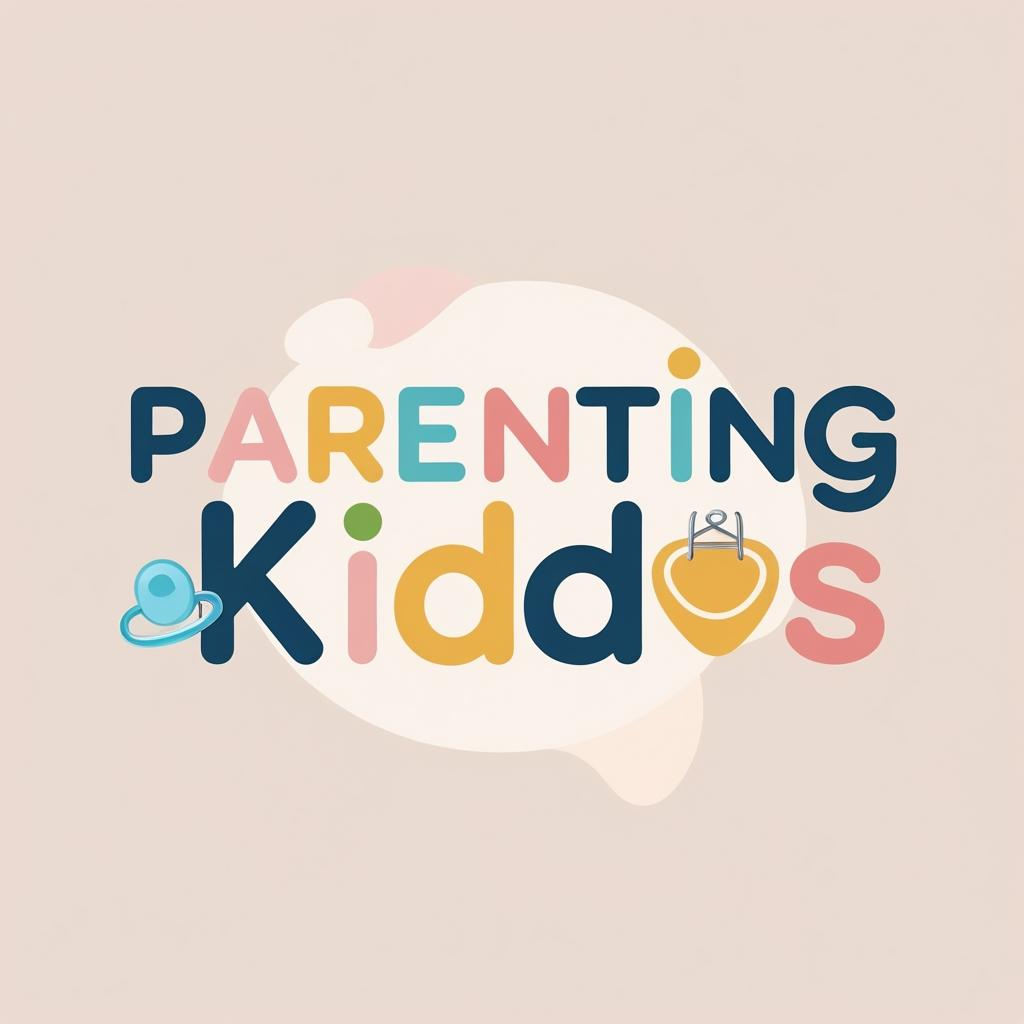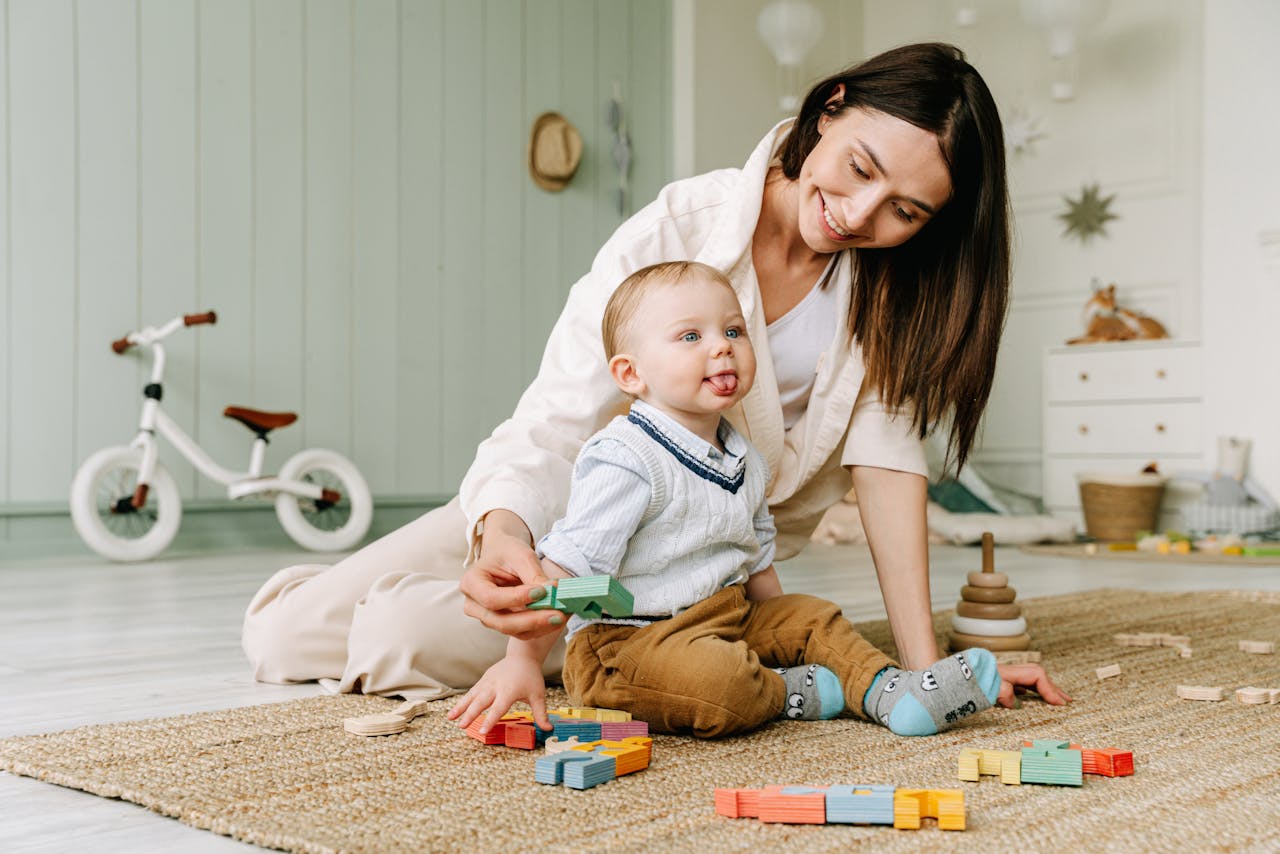Babies often struggle to communicate their sad or angry feelings. Sometimes, parents even expect them to start handling their feelings without any epic meltdowns. In this blog, we will guide you in teaching kids emotional regulation.
The 3 Rs
When you are seriously into teaching kids emotional regulation, make yourself calm and remind yourself that they are trying to perceive and grow. A helpful way of helping kids handle big feelings is by following the concept of “the 3 Rs”:
- Regulate: This stands for soothing your child and calming them. Name their emotion and show empathy for the situation.
- Relate: Once they become a little calm, comfort them, cuddle and make them feel your presence in such a tough situation.
- Reason: When they are stable, find scope to talk about their feelings and model behaviour to help them learn to express appropriately. You can also bring in some screen-free emotional learning activities like role play, read story books and identify the emotions of every character, and more.
💡 The CDC claimed that most kids learn self-regulation skills when they are around 5 years old.

How To Teach A Toddler To Express Emotions?
Be a model for your toddler to teach them how to express their feelings. For instance, in situations when they go mad, shake your head or stomp your feet and teach them how to say “No” in the beginning.
📖A few days ago, my 3-year-old kid felt frustrated when her block tower fell multiple times. She did not scream but asked for help. These moments remind me that it takes time to teach emotions.
When things get a lot calmer, play a game and let them practice different facial expressions. Like you can say, “Show me your happy face…your angry face…your sad face…your surprised face.” You can also use flashcards to teach identification of different emotions through facial expressions. Demonstrate the expressions to let them know what they mean.

How To Raise An Emotionally Intelligent Child?
Well, academic intelligence is a must in life. Simultaneously, it’s important to raise emotional intelligence in children. Here’s how:
#1. Be empathetic
In situations where your baby becomes upset and seems to be a bit dramatic, avoid passing on dismissive comments. It may trigger adverse effects on how they feel, and they may not even share feelings from next time.
#2. Model To Express Feelings Appropriately
Model skills yourself and let your child learn them. You can say ‘“I’m hurt” or “I’m upset with you” and make appropriate facial expressions to support how you are feeling.
#3. Teach them healthy coping skills
Teach them how to deal with unfavorable situations in a healthy way. This way, you can be helping kids handle big feelings from next time.
Final thoughts
You can do wonders by helping children understand emotions and managing them. It helps them develop lifelong social skills for coping with big feelings. Your support is important to make them ready to handle emotions in the future.
FAQs
1. Is it normal for a two-year-old to have emotional outbursts?
Well, it’s very common for young children to have emotional outbursts. In this phase, the child witnesses rapid cognitive and emotional development. They try to understand their feelings and surroundings.
2. How can music help in teaching emotional expression?
When you sing familiar songs like Twinkle Twinkle, Humpty Dumpty, The Wheels on the Bus, and more with different emotions, it helps them learn expressive language in a more fun and creative way!
3. At what age children can regulate their emotions?
Usually, children around five years of age should be able to handle their emotions with success.
🧠 Want more tips on raising emotionally intelligent kids?
👉 Follow us on Instagram @ParentingKiddos


Leave a Reply